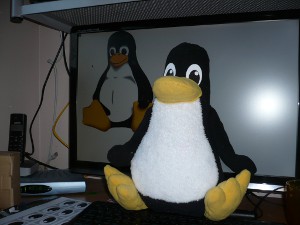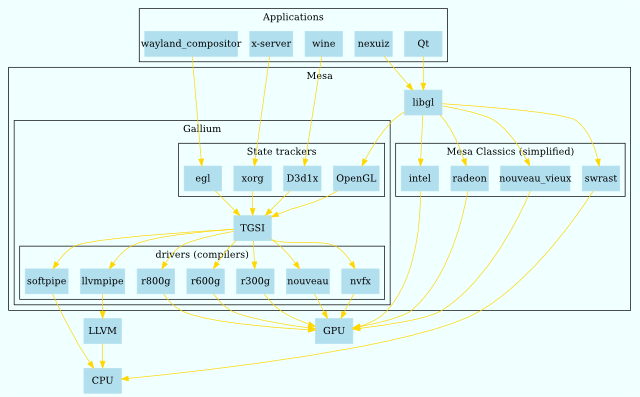The MùPùF.org devs wish you a merry Christmas and a happy new year!
We truly hope to deliver you more articles this year (such as how to make a stuffed toy tux or how the Linux graphic stack roughly works).
This year being the end of most of us’s master degree, we should have some more time to work personal projects like the Arduide, PPassKeeper or the reverse engineering of nVidia cards ;) We’ll keep you up to date with that!
As for the 2011 wishes, we let each dev write his own article :)
Please tell us if what you would expect from us, we highly value any comment!



